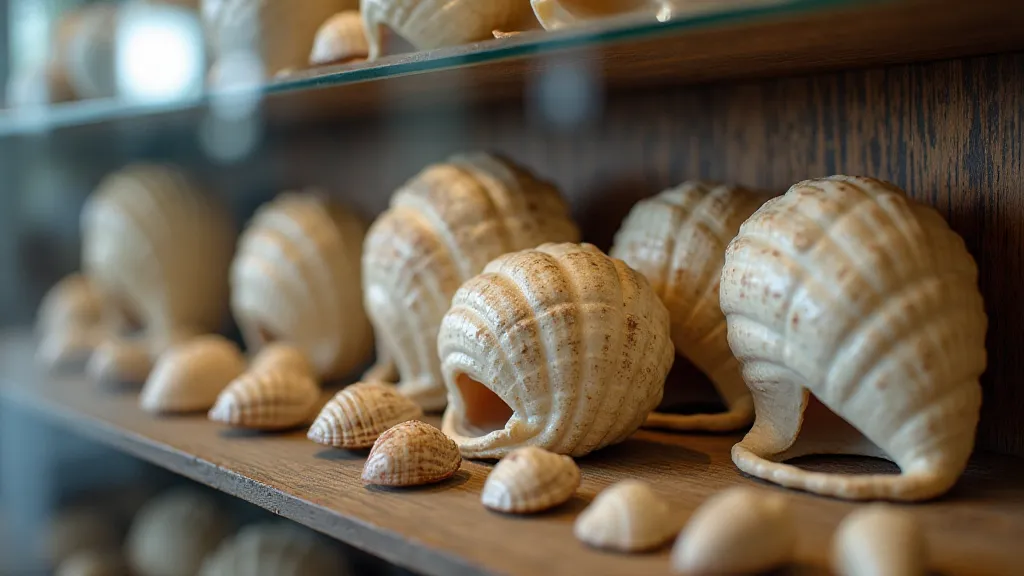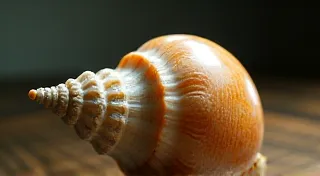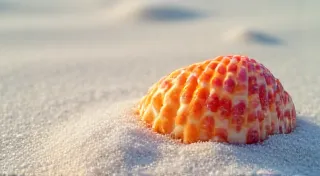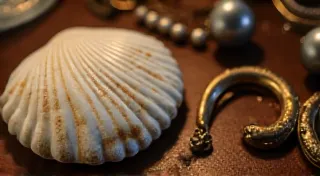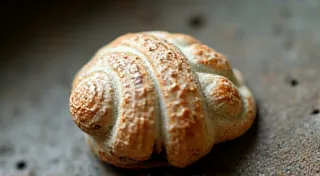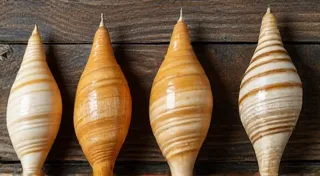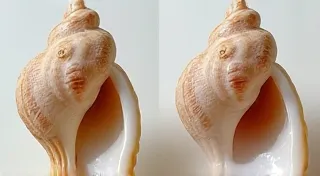Rare Finds: Spotting Valuable Antique Shells in Your Collection
Shell collecting is a hobby steeped in history and natural beauty. While the simple joy of gathering these gifts from the sea is rewarding in itself, many collectors dream of unearthing a truly valuable antique shell. Not all vintage shells are created equal. This article guides you through identifying rarer and potentially valuable antique shells. We'll explore characteristics that elevate a shell's worth, examine examples of sought-after vintage shell species, and provide tips for verifying authenticity and assessing condition. Whether you're a seasoned collector or just starting out, learning to recognize these rare finds can transform your shell collecting passion into a treasure-hunting adventure.
Understanding the Factors that Determine Value
Determining the value of an antique shell isn't as straightforward as simply knowing its species. Several factors combine to create a shell’s market price. Let's break down the most significant aspects:
- Rarity: This is arguably the most crucial factor. How common was the shell when it was alive? Species that were abundant but have since declined due to over-collection or habitat loss are prime candidates for higher value.
- Species: Certain species are inherently more sought after than others. This might be due to their aesthetic appeal, historical significance, or difficulty in finding in good condition. Understanding the nuances of different shell species, such as in the “Unlocking the Secrets of the Auger Shell: Types and Characteristics” article, can be beneficial in assessing potential value.
- Condition: Like any antique, condition dramatically impacts value. Perfect or near-perfect shells command premium prices. Chips, cracks, repairs, or significant wear reduce the value considerably.
- Coloration & Markings: Unusual color variations, intricate patterns, or unique markings can significantly increase a shell’s desirability. These anomalies are often caused by genetics or environmental factors and are highly prized by collectors.
- Size: For some species, size plays a role in value. Exceptionally large or unusually small specimens can be more valuable than average-sized individuals.
- Historical Significance: Shells collected during specific historical periods or by notable figures can hold significant value due to their provenance. These shells often come with documentation or a story that adds to their allure.
- Location of Origin: Certain geographical locations are known for producing unique shell variations. Shells from these areas can be more valuable.
Spotting the Sought-After Species: Examples of Valuable Antique Shells
While every shell tells a story, certain species consistently generate excitement and higher prices amongst collectors. Let's explore a few noteworthy examples:
The Sunrise Auger (Borsonia arabica)
The Sunrise Auger is a small, intricately patterned shell found in the Red Sea. Its namesake comes from the sunrise-like patterns radiating from the shell’s apex. These shells are increasingly rare due to over-collection and habitat degradation. A pristine Sunrise Auger in good condition can fetch a significant sum, particularly if it exhibits vibrant coloration.
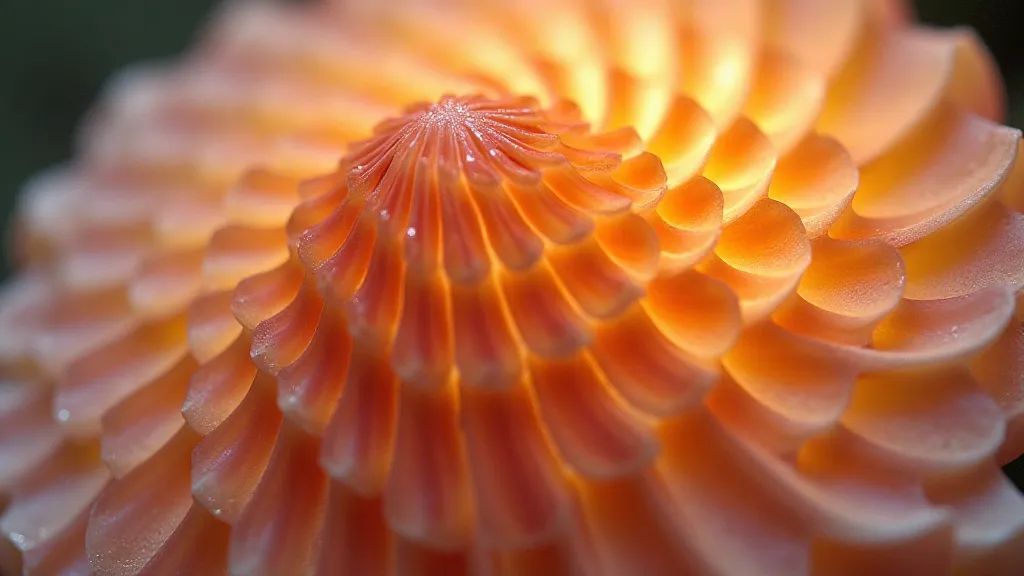
The Sunrise Shell (Bolma bryozoan)
The Sunrise Shell, also known as the Bryozoan Bolma, is another prized possession for collectors. It is notable for its striking patterns, often featuring vibrant orange, pink, and white markings. The presence of bryozoan (small marine invertebrates) growth on the shell's surface can add to its appeal for some collectors, though it can also detract from value depending on the aesthetic preference. Often the shell markings themselves tell a story, highlighting a history of growth and interaction with the marine environment. Delving deeper into these markings can reveal fascinating details about a shell’s journey, providing insights into its age, habitat, and the organisms that may have interacted with it.
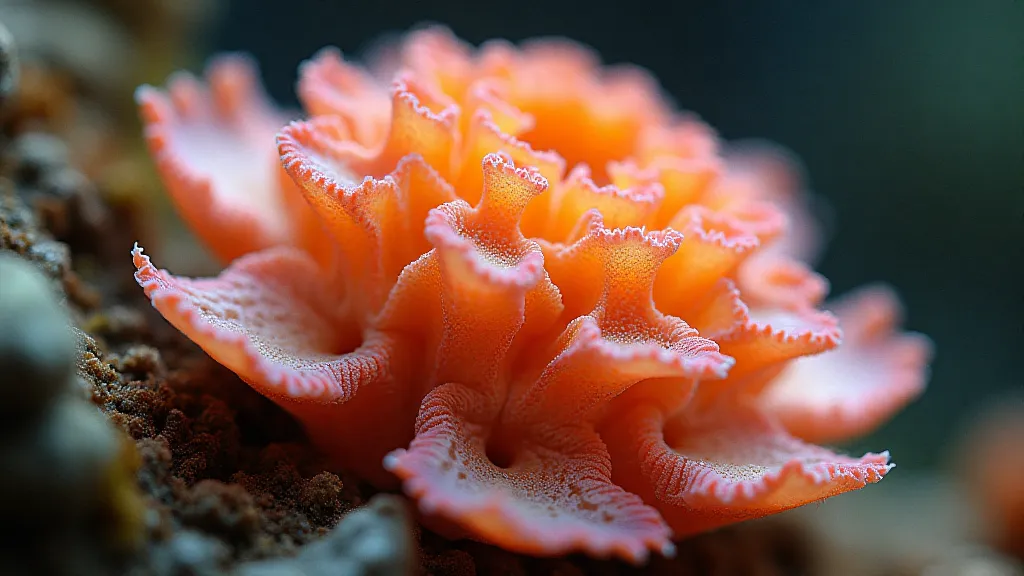
The Olive Shell (Oliva porphyria)
Olive shells are a broad group, but Oliva porphyria is particularly prized for its stunning blotch patterns. These variations are often caused by genetic mutations and are incredibly beautiful. A perfectly patterned Oliva porphyria in excellent condition can command a good price. Shell collectors often find that the patterns are more than just visual curiosities; they can evoke emotions and spark connections to the natural world.
The Venus Comb Murex (Murex pecten)
Known for its elaborate, spine-covered surface, the Venus Comb Murex is a visually striking shell. While not as rare as some others, well-preserved specimens with particularly well-defined spines can be valuable.
Verifying Authenticity and Assessing Condition
The antique shell market, like any antique market, is susceptible to fakes and misrepresented items. Here are some crucial steps to verifying authenticity:
- Examine the Shell Carefully: Look for telltale signs of artificial coloring or repairs. Artificial colors often appear uneven or lack the subtle nuances of natural coloration. Repairs are often visible as glue lines or mismatched shell pieces.
- Research the Species: Thoroughly research the shell's species. Understand its typical coloration, markings, and geographical distribution. This knowledge will help you identify inconsistencies.
- Check the Provenance: If possible, investigate the shell’s history. Documentation like collection records, labels, or photographs can increase its value and authenticity.
- Consult with Experts: Seek the advice of experienced shell collectors or dealers. Their expertise can be invaluable in authenticating a shell.
- Compare with Reliable Resources: Use reputable books, websites, or museum collections as references. Compare the shell’s characteristics to documented examples.
Assessing condition involves a meticulous examination. Use magnification to identify even minor imperfections. Consider the following:
- Cracks & Chips: Note the location, size, and severity of any cracks or chips.
- Wear & Erosion: Examine the shell’s surface for signs of wear and erosion.
- Repairs: Identify any repairs and assess their quality and impact on the shell’s overall appearance.
- Natural Patinas: Distinguish natural patinas (the subtle coloration that develops naturally over time) from artificial coloring.
The Shell as a Metaphor: Connecting to Loss and Resilience
Beyond their monetary value, shells hold a deeper significance. They represent resilience, adaptation, and the enduring power of nature. For many, they are poignant reminders of the sea’s boundless beauty and the fragility of marine ecosystems. The study of these creatures and the shells they leave behind can also prompt reflection on the themes of loss and hope. It’s a connection explored in more detail in the “The Silent Dialogue: Shells as Metaphor for Loss and Resilience” article, which dives into the deeper emotional and symbolic resonance of these natural artifacts.
Capturing Beauty: Photographing Vintage Shells
For those passionate about sharing their collections, proper photography is key. Lighting, composition, and detail are all crucial for showcasing the beauty and unique characteristics of vintage shells. Learn the essential techniques for photographing shells, from capturing intricate patterns to highlighting subtle color variations, in the “Photographing Vintage Shells: Best Practices for Collectors” article.
Beyond the Value: The Joy of Collecting
While the prospect of uncovering a valuable antique shell can be exciting, it’s important to remember that shell collecting is ultimately about appreciating the beauty and wonder of the natural world. The joy of discovering a unique shell, learning about its history, and sharing it with others should be the primary focus. Whether you're seeking a rare treasure or simply enjoying the simple pleasure of gathering shells, the journey itself is the real reward. Understanding the nuances of shell growth and the intricate patterns that emerge can add another layer of appreciation to the hobby. Furthermore, recognizing the significance of these patterns is essential in assessing their value and ensuring authenticity. Exploring “The Significance of Shell Markings: Understanding Growth Patterns” provides deeper insights into these fascinating details.
Ultimately, a deeper appreciation of marine life and a commitment to responsible collecting practices will enhance the experience for everyone involved. By combining a passion for shell collecting with a dedication to conservation, we can ensure that these treasures continue to inspire and delight for generations to come.
